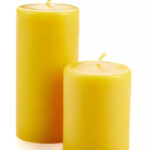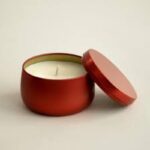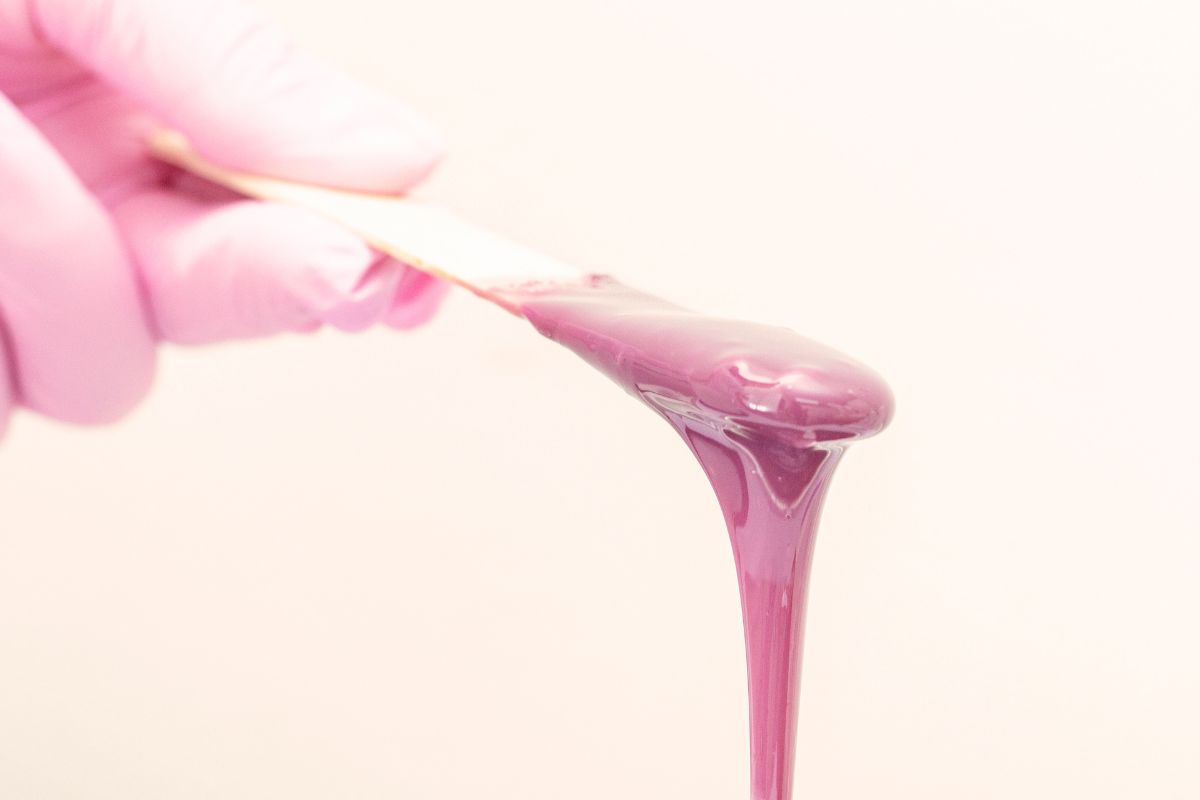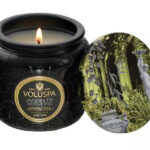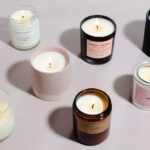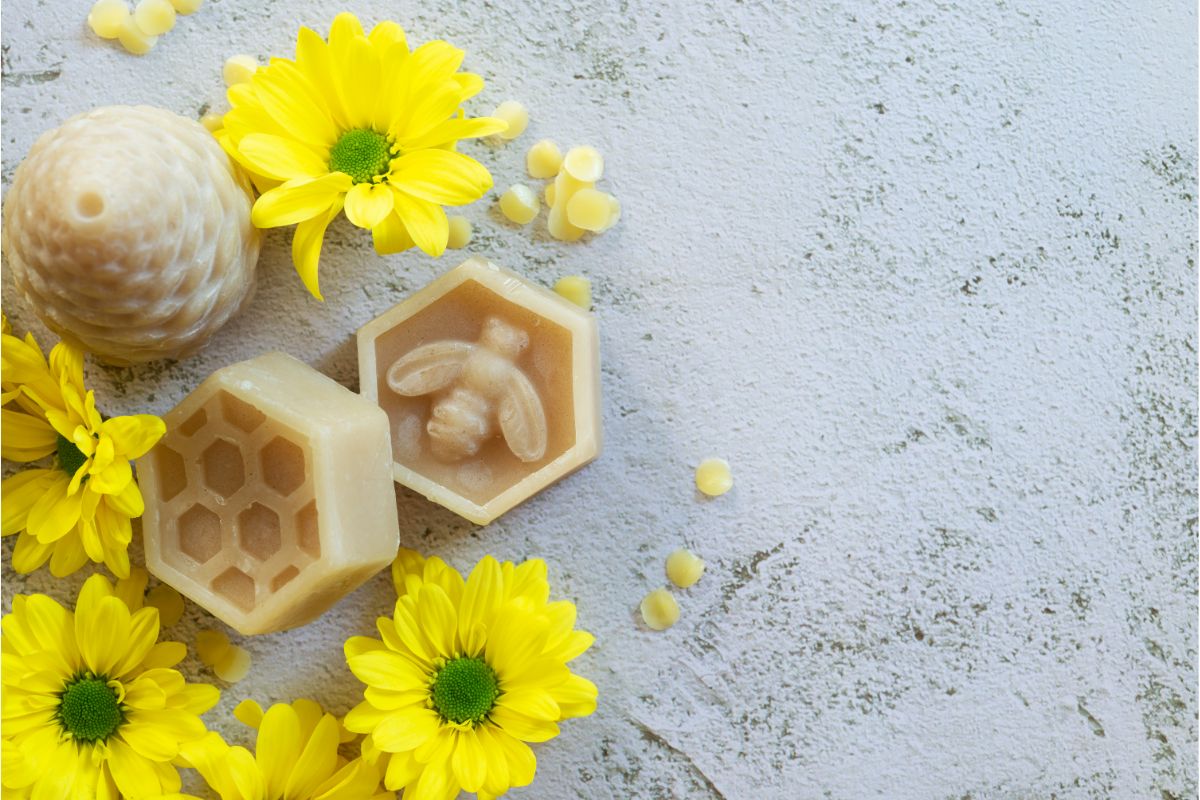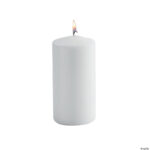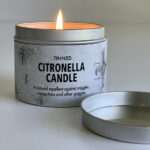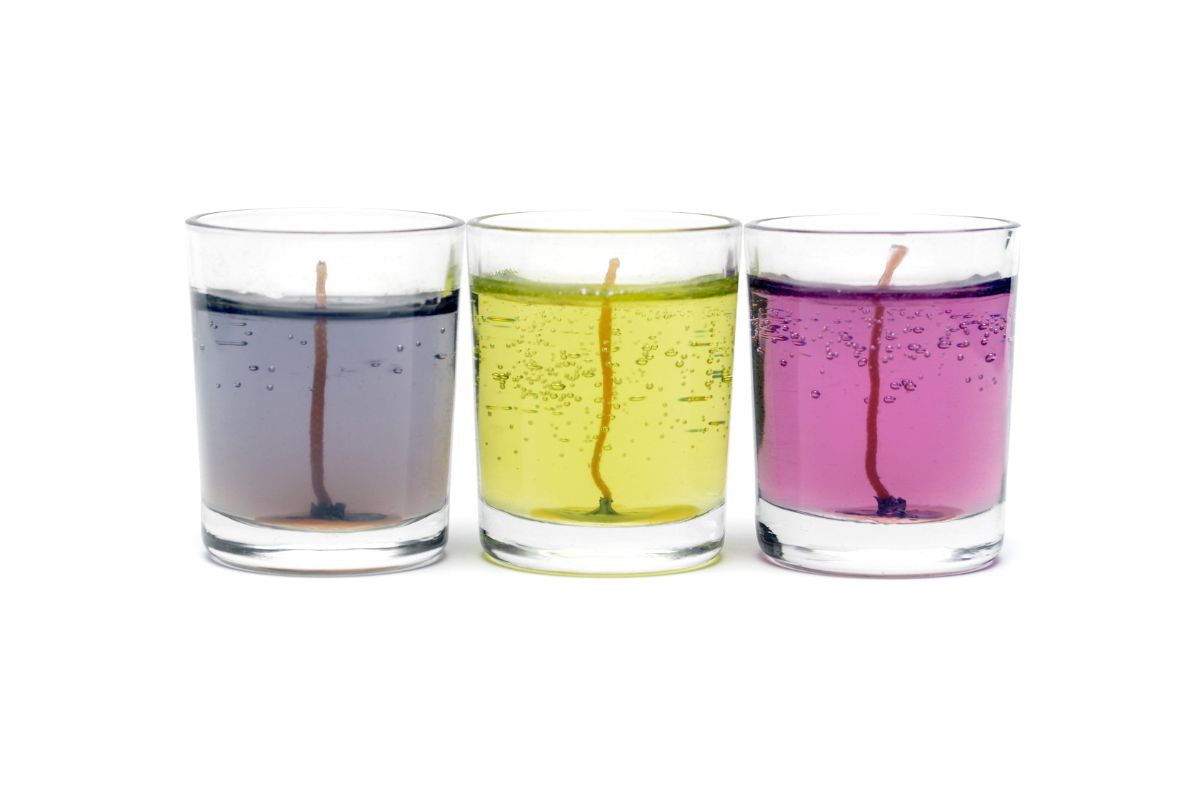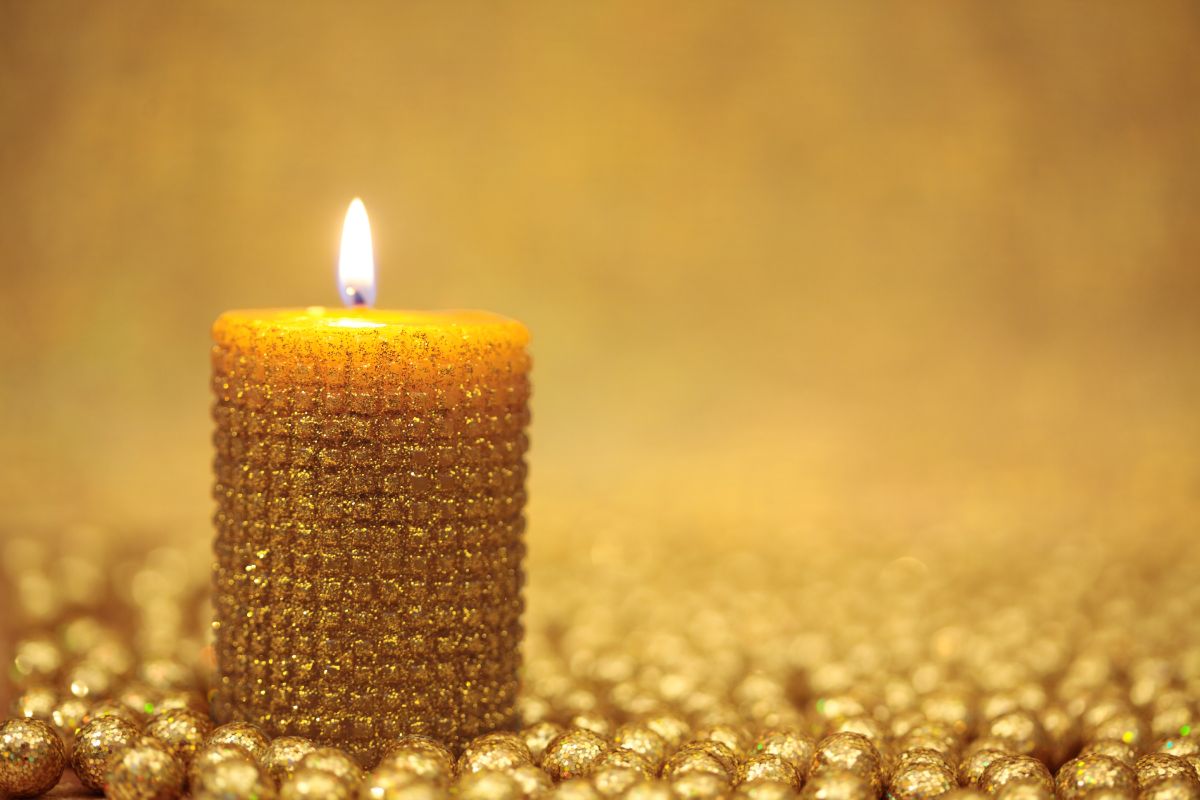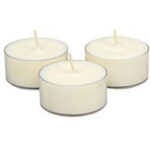
Ear candling, also known as ear coning, is an alternative practice that involves placing a hollow candle into the ear canal and lighting it on fire, supposedly to remove earwax and promote various health benefits. While the process may seem intriguing, it is important to examine the potential risks and lack of scientific evidence before considering ear candling as a method for ear wax removal or other health benefits.
Understanding Ear Candling
- Origins of Ear Candling: Ear candling is a practice that dates back centuries, with historical roots in various cultures. It involves inserting a hollow candle, typically made from beeswax or soy wax, into the outer ear canal and lighting the exposed end. Proponents of ear candling claim that as the candle burns, a vacuum is created, drawing out wax and other impurities from the ear canal.
- The Ear Candling Procedure: During an ear candling session, the individual lies on their side with the affected ear facing up. A paper plate or other protective barrier is often used to catch any dripping wax. The lit candle is then gently placed into the outer ear canal, allowing it to burn for a specified period, usually around 10-15 minutes per ear.
- Supposed Benefits: Advocates of ear candling suggest that the warmth created by the lit candle softens ear wax, making it easier to remove. Additionally, they claim that the negative pressure generated by the candle helps draw out earwax, debris, and other impurities, leading to improved hearing and overall health.
The Reality of Ear Candling: Lack of Scientific Evidence
- Questionable Claims: Despite the claims made by proponents of ear candling, there is a notable lack of valid scientific evidence to support these assertions. Most of the perceived benefits of ear candling have not been substantiated by rigorous research or clinical trials.
- Ear Wax Removal: While ear candling is often marketed as an effective method for ear wax removal, healthcare providers and experts assert that it is not a safe or reliable means of addressing wax buildup. The ear canal is a delicate and sensitive part of the body, and attempting to remove earwax through ear candling can potentially lead to serious injury or damage.
- Safety Concerns: The process of ear candling involves an open flame in close proximity to the head. This poses a significant risk of burns to the outer ear, hair, and even the face. Furthermore, there is a potential risk of candle wax dripping into the ear canal, causing further complications.
The Ear Candling Experience: Potential Risks
- Burns and Injuries: Several cases have been reported where individuals have suffered burns, melted candle wax, and other injuries as a result of ear candling. The proximity of the flame to the head increases the risk of accidental burns.
- Eardrum Damage: The delicate eardrum, also known as the tympanic membrane, can be easily injured during the ear candling process. The heat from the flame and the negative pressure created by the burning candle can potentially cause harm to the eardrum, leading to pain, hearing loss, and other complications.
- Wax Buildup and Impaction: Ironically, the practice of ear candling can actually contribute to wax buildup and impaction. In some cases, candle wax or other debris from the burnt candle can get lodged in the ear canal, exacerbating the very issue it was supposed to address.
The Role of Health Authorities and Experts
- FDA Warnings: The U.S. Food and Drug Administration (FDA) and Health Canada have both issued warnings against the use of ear candling. These regulatory bodies have raised concerns about the safety and efficacy of the practice, emphasizing the lack of scientific basis for its claims.
- Healthcare Provider Recommendations: Healthcare providers, including otolaryngologists (ear, nose, and throat specialists), strongly discourage the use of ear candling for ear wax removal or any other purpose. They emphasize that there are safer and more effective methods available for addressing earwax issues.
- Scientific Basis and Evidence: Valid scientific evidence is a cornerstone of medical and healthcare practices. Ear candling, however, lacks credible scientific support, and its purported benefits are largely anecdotal.
Debunking Common Misconceptions
- "Improved Hearing": Advocates of ear candling often suggest that the procedure can lead to improved hearing. However, any perceived improvement in hearing is likely due to the removal of excess earwax, not the supposed benefits of ear candling itself.
- "Ancient Practice": The historical use of ear candling in various cultures is not a guarantee of its safety or efficacy. Many historical practices have been debunked over time as our understanding of health and medicine has evolved.
- "Natural Solution": The use of terms like "natural" and "alternative" does not inherently make a practice safe or effective. Many natural substances and practices can carry risks and may lack scientific validation.
A Safer Approach to Ear Wax Removal
- Consulting a Healthcare Provider: If you are experiencing symptoms of earwax impaction or other ear-related issues, it is crucial to consult a qualified healthcare provider. They can accurately assess your condition and recommend appropriate and safe treatment options.
- Professional Ear Wax Removal: Otolaryngologists and other healthcare providers have specialized tools and techniques for safely and effectively removing excess earwax. These methods are based on sound medical principles and are supported by scientific evidence.
- Potential Complications: Attempting to remove earwax at home, whether through ear candling or other methods, can lead to a range of complications, including hearing loss, eardrum damage, and more harm than good.
Conclusion: Prioritizing Safety and Science
Critical Evaluation
When it comes to practices like ear candling, it is essential to critically evaluate the claims, potential risks, and lack of scientific evidence. Relying on valid scientific research and consulting with healthcare professionals should be the foundation of any decisions related to ear health and wax removal.
Choosing Wisely:
In the realm of ear wax removal and overall ear health, the use of ear candles and ear candling procedures is not supported by scientific evidence and carries significant risks. Prioritizing safety, evidence-based practices, and the guidance of healthcare providers is paramount in maintaining the health of our ears and preventing potential harm.
In conclusion, while the allure of alternative practices like ear candling may be tempting, it is important to approach them with caution and a critical mindset. The lack of scientific evidence, coupled with the potential risks and harm associated with ear candling, make it a questionable choice for ear wax removal and other health benefits. Relying on established medical practices, consulting healthcare professionals, and prioritizing safety should always be our top priorities when it comes to our health, especially in delicate areas like the ears.
- Cricut Hat Press: A Comprehensive Guide on Usage - August 13, 2023
- Unlocking Creativity with the Cricut Joy: A Comprehensive Guide - August 12, 2023
- The Ultimate Guide to the Cricut Maker Bundle - August 11, 2023


